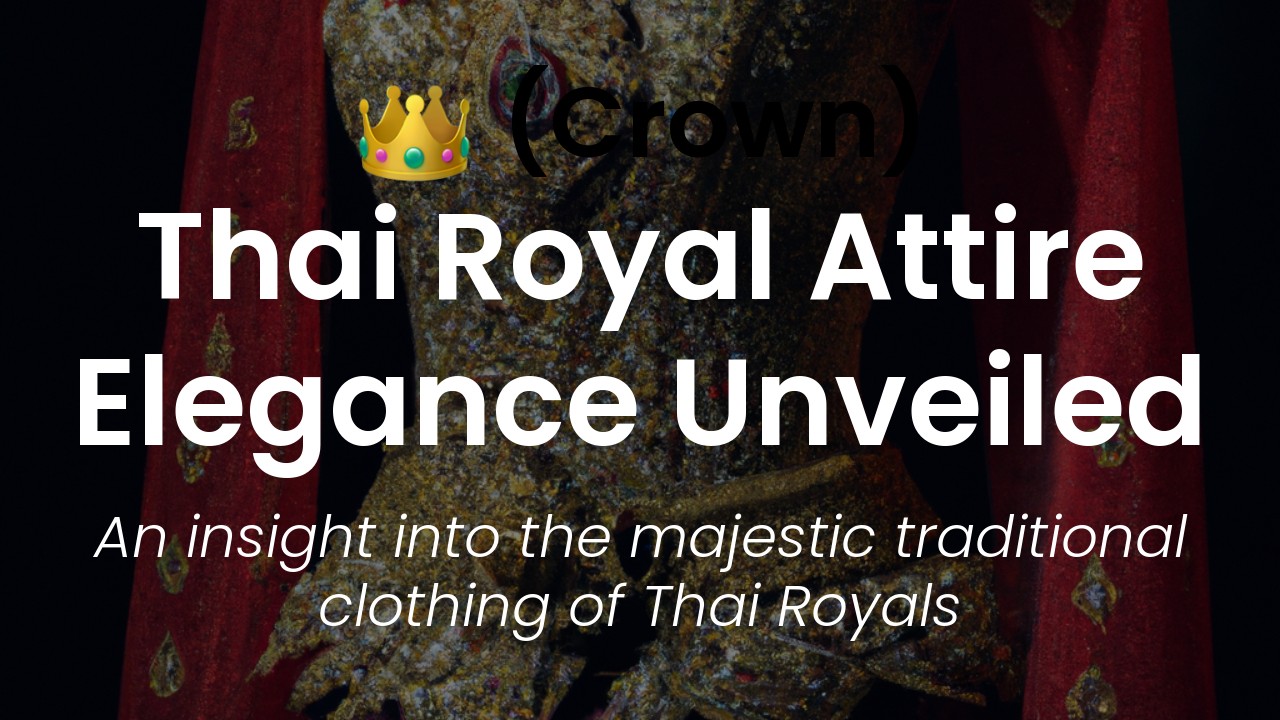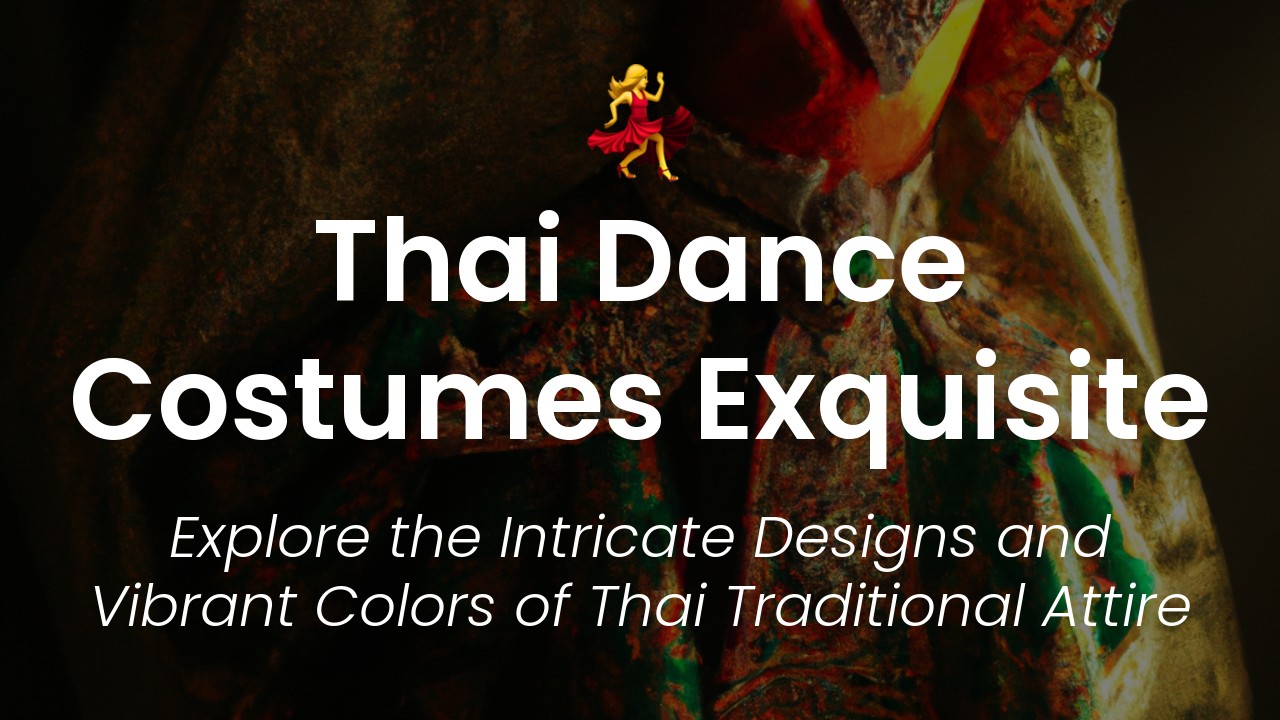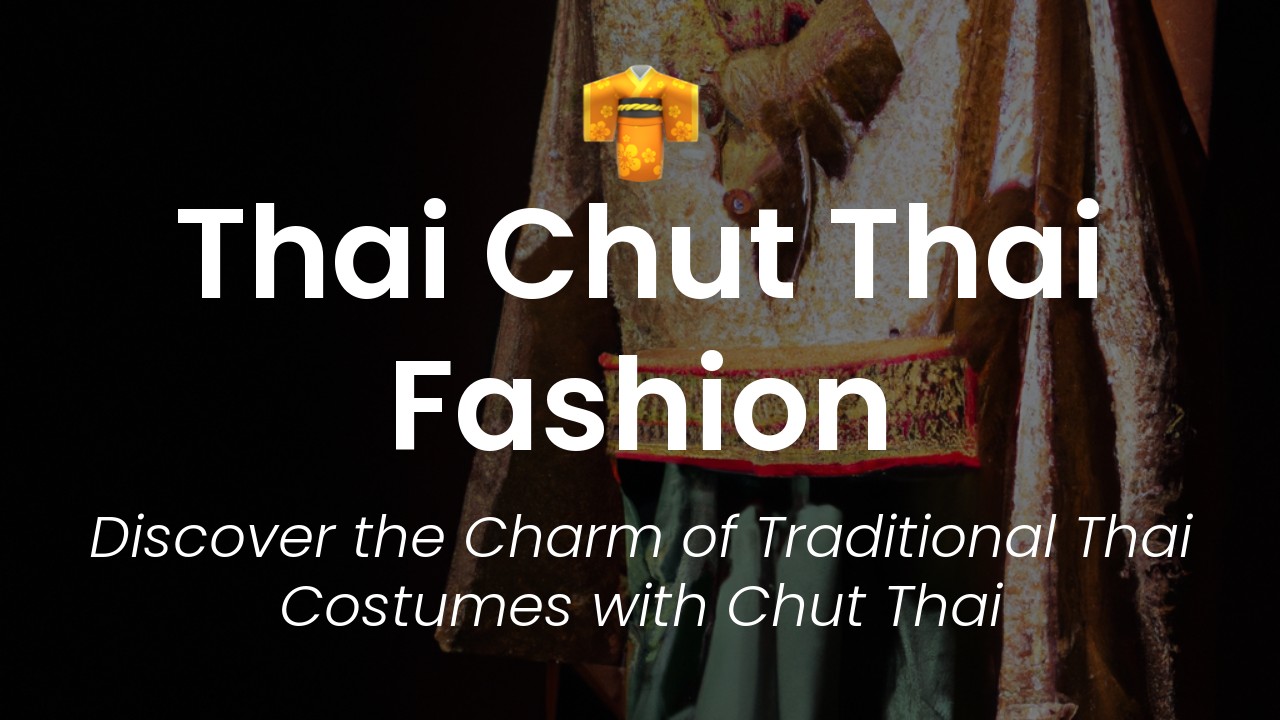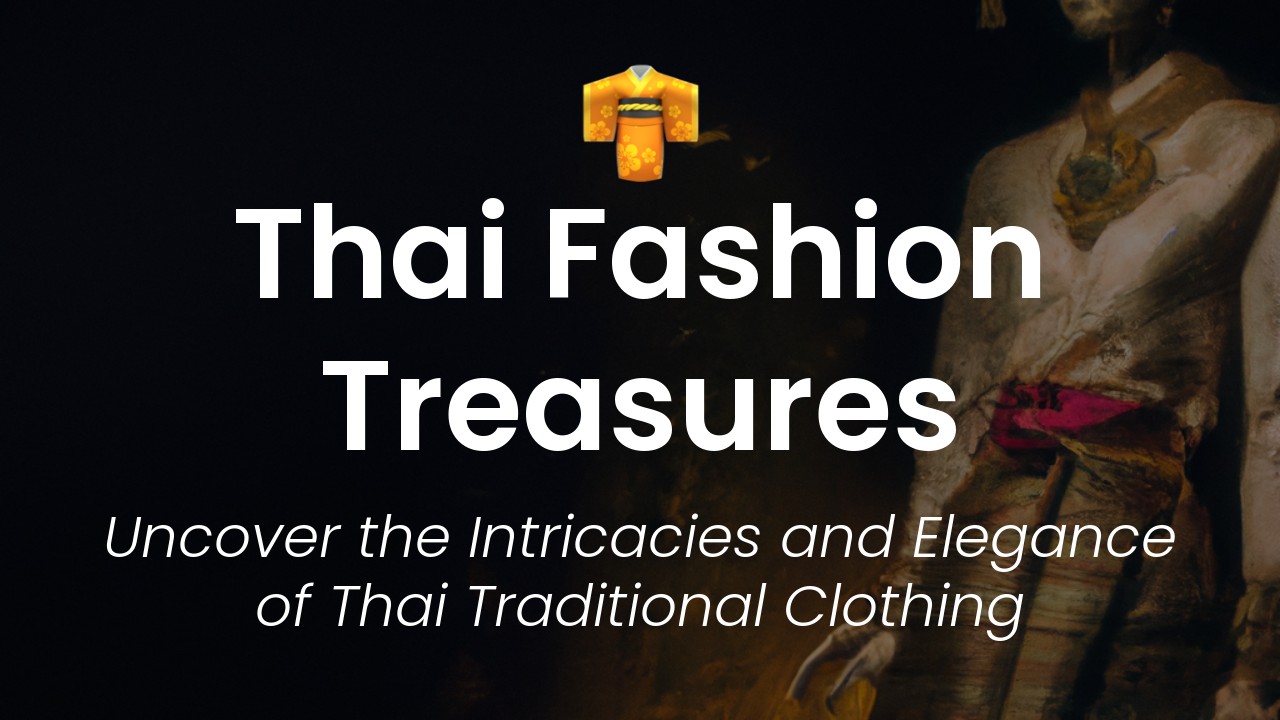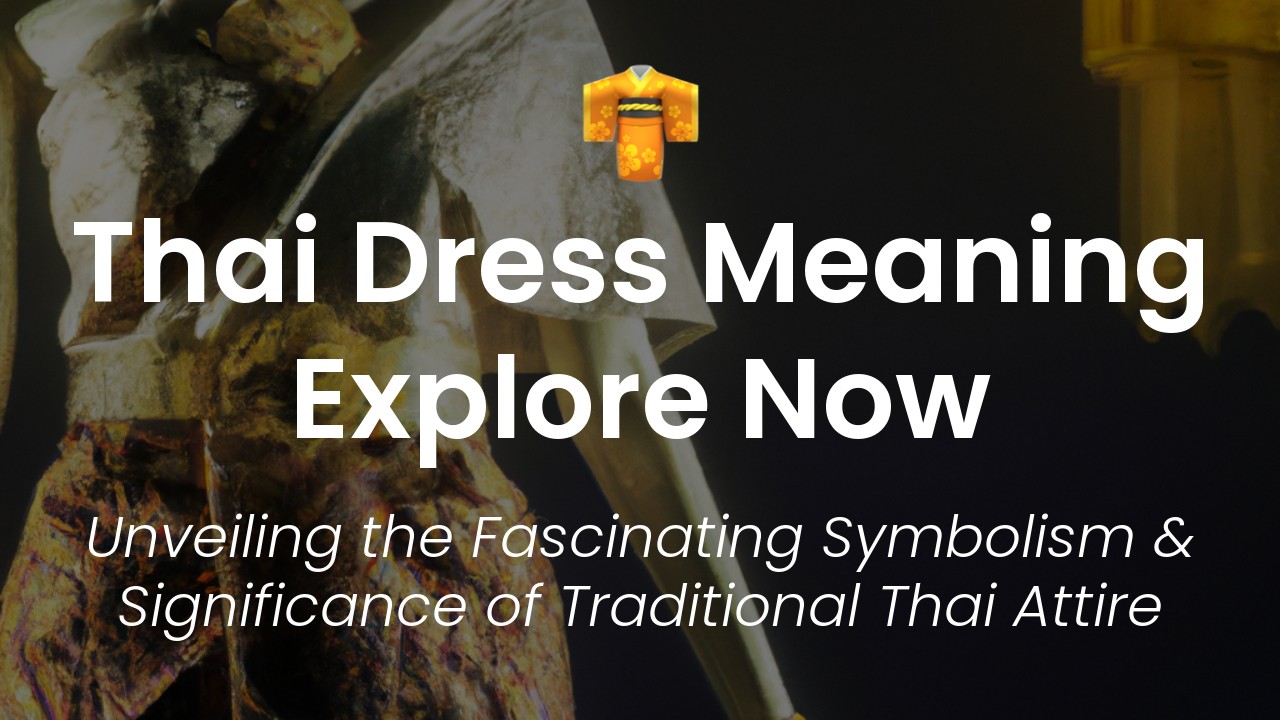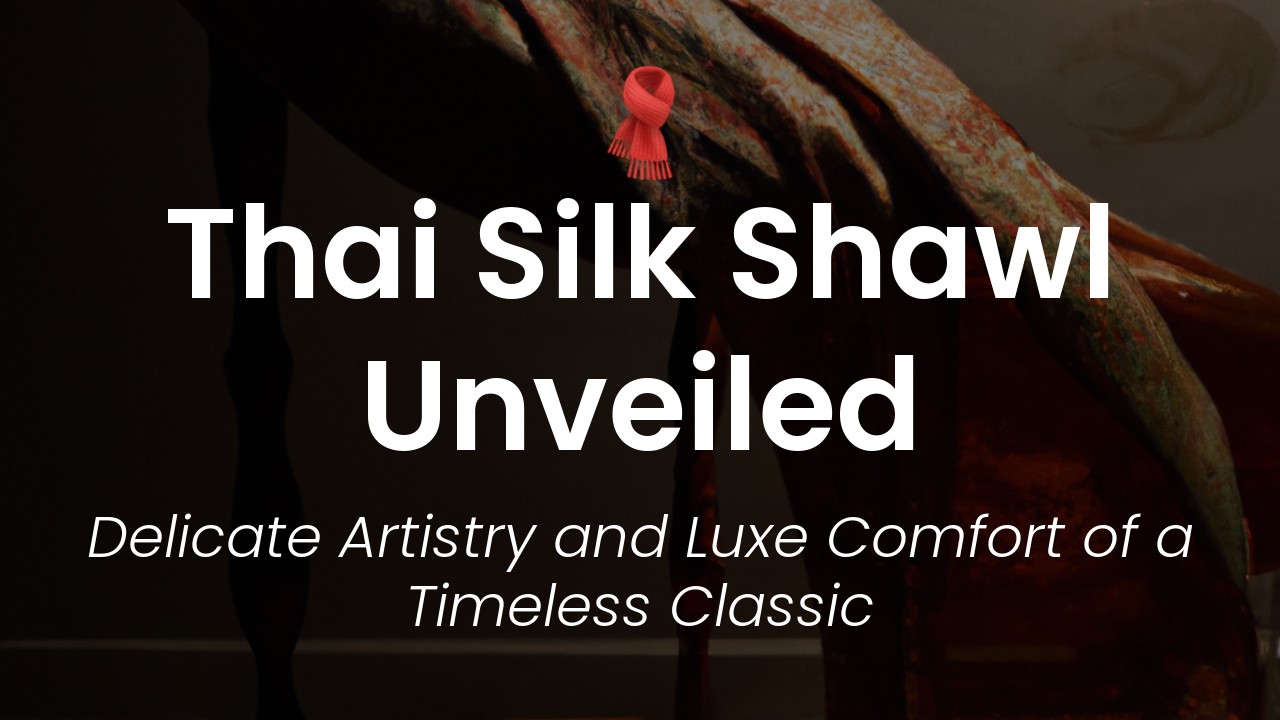As a Thai woman, I grew up seeing the exquisite elegance of royal Thai attire. The intricate details and beautiful colors have always amazed me to no end. Therefore, I am excited to share my knowledge and experience with you on the beauty of Thai royal attire.
Throughout history, Thai royal attire has been an essential aspect of the country's culture and tradition. You can see it everywhere – from temples, museums, and traditional ceremonies to modern-day fashion shows and events. Each garment represents the different ranks and positions in society and has a cultural significance that dates back centuries.
In Thailand, the royal attire is renowned for its unique design, exceptional craftsmanship, and use of exquisite materials. For example, the women's clothing features beautifully embroidered patterns, intricate golden threading, and stunning jewelry. Meanwhile, the men's royal attire consists of distinct features like folded hand fans, silk slippers, and traditional hats adorned with gold.
Many Thai people, including myself, take pride in our country's rich culture and traditions, and royal attire is a significant part of that heritage. In this blog post, I'll delve deeper into the history and significance of Thai royal attire, the different styles and designs you might encounter and tips on how to appreciate and experience this marvelous aspect of Thai culture. So, let's dive in and discover the grace and elegance of Thai royal attire together.
The History of Thai Royal Attire
Thai Royal Attire has a rich and storied history dating back to the Ayutthaya era (1351-1767), which was the Kingdom's golden age. The Thai Royal Attire was once predominantly influenced by Indian, Sri Lankan, and Khmer clothing, reflecting the cultural exchange between these countries.
However, the attire started to take on a more elaborate design as the Thai Kingdom grew and became more prosperous. This was particularly evident during the reign of King Rama V, who introduced western influences to Thai culture. Rama V commissioned official photographs of himself in Thai Royal Attire to be shown to foreign dignitaries, sparking interest in the clothing.
Over time, the Thai Royal Attire has become a symbol of Thai culture, as well as an important aspect of the monarchy's ceremonial events.
Types of Thai Royal Attire
There are three primary types of Thai Royal Attire: the formal court dress, the royal funeral attire, and the traditional Thai dress.
The formal court dress consists of a long-sleeve top called "Chut Thai Chakkraphat," a bell-shaped skirt called "Sampot," and a shawl known as "Sabai." This type of attire is typically worn by members of the royal family during formal ceremonies.
The royal funeral attire is worn by members of the royal family during funerals and consists of a white jacket and trousers, with a black belt and shoes. The black and white color scheme reflects the respect and mourning associated with funerals.
The traditional Thai dress, known as "Chut Thai Phra Ratcha Niyom," is typically worn by women attending formal occasions. It consists of a wrap-around skirt called "Pha Nung" and a tight-fitting blouse called "Sabai."
Symbols and Meanings of Thai Royal Attire
Symbols in Thai Royal Attire reflect the monarchy's significance, as well as Thailand's history and culture. For example, the lotus flower pattern on the fabric symbolizes Thailand's connection to Buddhism, which is the country's primary religion.
The golden garuda, a bird-like creature with the torsos of humans, represents the Thai monarchy and is depicted on the formal court dress and royal funeral attire. The garuda is also a symbol of the Thai people's loyalty to the monarchy.
The colors used in the attire have specific meanings as well. Yellow is reserved for members of the royal family and represents purity, while red signifies good fortune and prosperity. Black is reserved for funerals and represents mourning.
Colors and Fabrics Used in Thai Royal Attire
Colors and fabrics play an essential role in Thai Royal Attire. The fabrics are often silk, satin, and cotton, and the colors used can be bright and bold or subdued and elegant.
Silks, in particular, are highly prized in Thailand, and they are often used in the formal court dress and traditional Thai dress. It's not uncommon for members of the royal family to have their silk woven specifically for their attire, making each garment truly unique.
Important Events Where Thai Royal Attire is Worn
Thai Royal Attire is typically worn during significant events, such as coronations, marriages, and funerals. However, there are also specific ceremonies where the attire is required, such as the annual Royal Plowing Ceremony and the Royal Barge Procession, both of which are important cultural events in Thailand.
The Royal Plowing Ceremony, also known as the "Buddhist Lent and Rice Growing Season Opening Ceremony," is held annually in May. During the ceremony, the King, dressed in formal court attire, presides over a sacred plowing ceremony, which is meant to bring good luck and a bountiful harvest.
The Royal Barge Procession is a spectacular event held on the Chao Phraya River in Bangkok. The procession features ornate barges carrying members of the royal family, who are dressed in traditional Thai dress. The event is held to mark special occasions such as anniversaries or royal coronations.
Accessories Worn with Thai Royal Attire
Accessories are an important part of Thai Royal Attire, adding to its elegance and grace. Members of the royal family often wear elaborate crowns, earrings, and necklaces, as well as decorative belts and buckles.
One of the most iconic accessories is the "Pha Khao Ma," a long piece of cloth draped around the waist and worn with the formal court dress. The Pha Khao Ma is believed to have originated from Khmer dress and represents the King's power and authority.
The Impact of Thai Royal Attire on Modern Fashion
Thai Royal Attire has influenced modern fashion not only in Thailand but also internationally. Designers such as Vivienne Tam, Alexander McQueen, and Christian Lacroix have all been inspired by the elegance and grace of Thai Royal Attire.
Thai Royal Attire has also been showcased at international events such as the World Expo and Paris Fashion Week. This has helped to elevate the profile of Thai culture and its influence on the fashion world.
Conclusion
Thai Royal Attire is an elegant and graceful symbol of Thai culture and heritage. Its history, symbols, colors, and fabrics all contribute to its unique beauty, making it an essential aspect of the Thai monarchy's ceremonial events. Thai Royal Attire's influence on modern fashion is a testament to its timelessness and ability to captivate audiences across generations and cultures.

